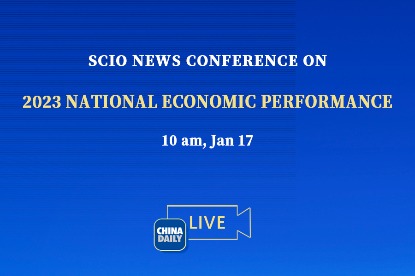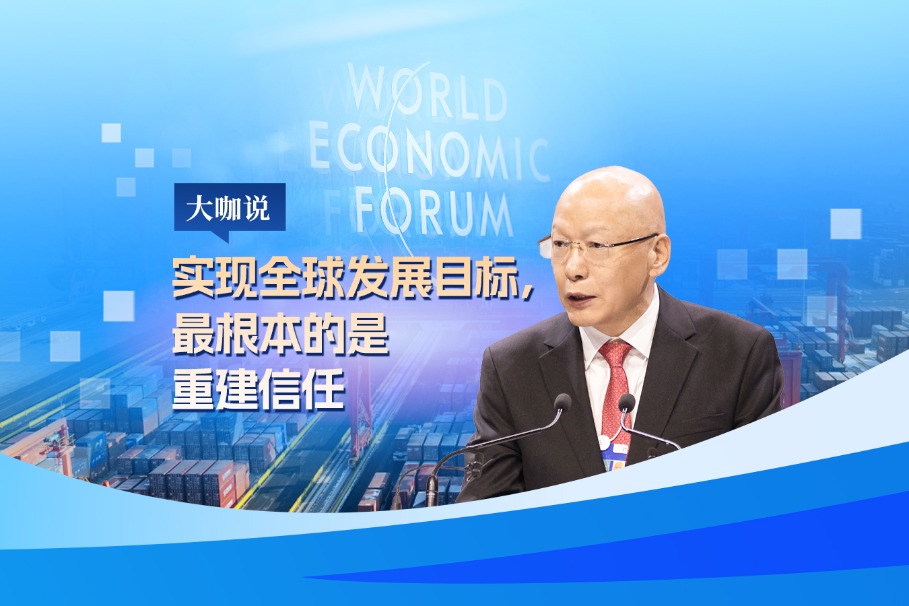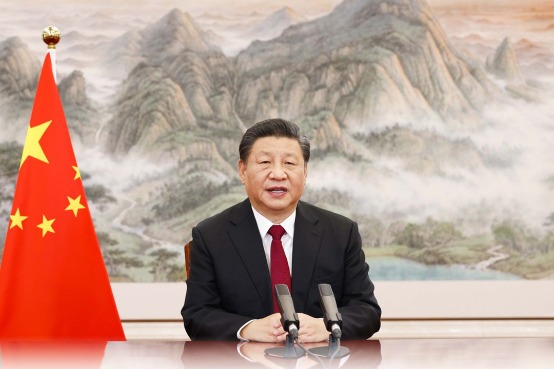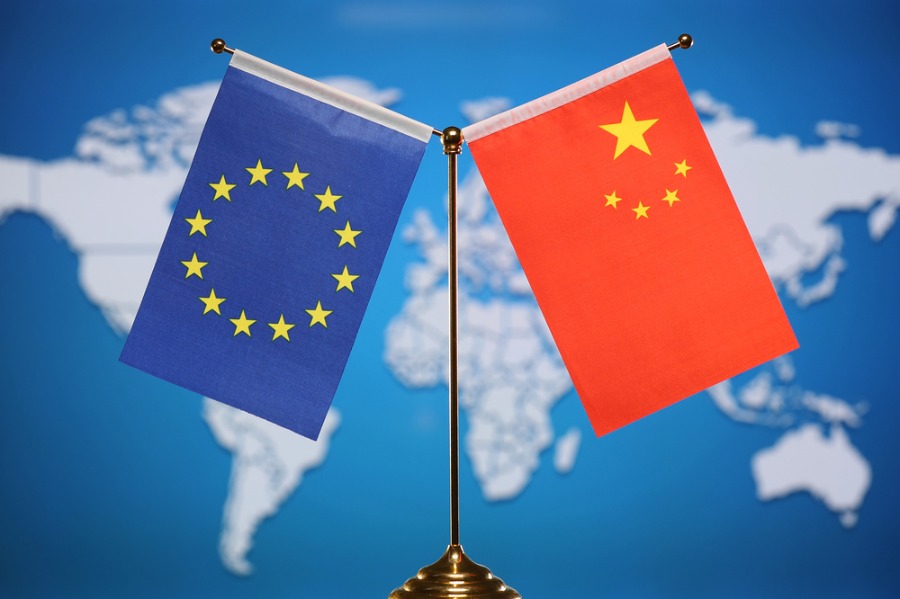Not in harmony
US strategy for the Indo-Pacific is self-serving and it will thus end in failure


The Joe Biden administration released the Indo-Pacific Strategy of the United States on Feb 11, which revealed the country's determination to retain its primacy in the region. The document is in line with two previous official reports unveiled in 2019-A Free and Open Indo-Pacific: Advancing a Shared Vision released by the Department of State and the Indo-Pacific Strategy Report issued by the Department of Defense.
The latest document outlines the Biden administration's Indo-Pacific strategy in five aspects, namely "to advance a free and open Indo-Pacific, build connections within and beyond the region, drive regional prosperity, bolster Indo-Pacific security and build regional resilience to transnational threats". Although China is not a frequently appearing word in the report, it is the major topic that the entire report revolves around. According to the US government, the objective of the Indo-Pacific Strategy is to "shape the strategic environment in which China operates, building a balance of influence in the world that is maximally favorable to the US". To this end, the US will resort to the same approaches that it used to establish its post-World War II global hegemony.
In a bid to dominate the regional political agenda, it is rallying support from its allies and partners. On the one hand, the Biden administration has tied its three most important partners in the region-Japan, Australia and India-to its anti-China chariot, expanding the Quad mechanism from the initial security dialogue to a more comprehensive platform covering public health, climate change, emerging and critical technologies, and infrastructure cooperation. On the other hand, the US has teamed up with Australia and the United Kingdom to create the AUKUS trilateral security partnership, while seeking to embroil the European Union and the North Atlantic Treaty Organization in Indo-Pacific affairs. All these efforts are aimed at countering China's clout in the region.
In terms of rule-making, the US seeks to set new standards and raise the thresholds for trade, investment and cooperation in technology and industry to maintain and expand the US' advantages.
The US supremacy in the world is based on its military hegemony. Since the Barack Obama administration rolled out its strategy to rebalance the Asia-Pacific, the US has committed most of its military resources to the region. Solidifying the "integrated deterrence" of the US and its allies by improving interoperability and joint presence, and enhancing cooperation in development of key technologies is at the heart of the strategy.
The Indo-Pacific strategy report has exposed the US' arrogance as well as its weakness. At the end of the document, it states that "the Indo-Pacific's future depends on the choices we make today", which portrayed the US as the master of the region's destiny in disregard of the fact that the prosperity of the Indo-Pacific is the result of the collective efforts of people living there.
Before the Quad came into being, the Asia-Pacific region had already formed a series of broadly representative cooperation mechanisms with the Association of Southeast Asian Nations at the core, which have achieved rich fruits and experience. The US-led Quad mechanism is designed to weaken the capacities of Asian nations to determine their own affairs, and give the US and its core allies more say in the regional agenda.
Although the Indo-Pacific Strategy claims that the US aims to bolster regional prosperity, its real motive is to serve its own interests through the prosperity of the Indo-Pacific. Rather than returning to the Trans-Pacific Partnership and signing free-trade treaties with Asia-Pacific countries, the Biden administration has proposed a so-called Indo-Pacific Economic Framework. As Singaporean Prime Minister Lee Hsien Loong said in August, "the domestic atmosphere of the US is not conducive to promoting trade". Last month, US National Security Adviser Jake Sullivan acknowledged in an interview that the Biden administration will focus on rebuilding the competitiveness of its domestic manufacturing industry before considering any new trade treaties to open its market. Therefore, the Indo-Pacific Economic Framework envisioned by the Biden administration will not advance common prosperity. Instead, it will be one that best serves the interests of the US.
Advancing "secure and resilient supply chains" is another politically-motivated economic initiative proposed by the US, which is designed to change the current global production and labor division systems grounded on comparative advantages of countries shaped through competition, and to narrow the gap in competitiveness between the US and China. One evidence of the US' real motive is that the country has demanded major semiconductor producers such as Samsung and TSMC to increase investments in the US and to surrender their core data and technologies under the guise of "stabilizing supply chains".
The US will also support graduate studies of more than 100 students from Japan, Australia, and India in STEM fields through a new Quad Fellowship. Through the program, the US aims to recruit technological talents from the Asia-Pacific region to maintain its edge in global high-tech competition.
But the cornerstone of the US' Indo-Pacific strategy is the military. The US has strengthened its military presence in the Indo-Pacific to maintain its dominance in the region. In the past year, the US military has carried out frequent joint exercises and drills in the Indo-Pacific, aggravating tensions in the South China Sea and the Taiwan Straits. The US' attempt to maintain its military hegemony in the region clearly runs counter to regional countries' pursuit of peace and development.
In his first year as US president, Biden has been mired in the domestic political polarization and conflict. The rollout of the Indo-Pacific Strategy, like the Summit for Democracy held in December, is another declaration of Biden to salvage the US' global leadership. But the vision is to build a fundamentally US-centered system, which will not contribute much to the region's development. If the US can't make constructive interactions with regional countries including China, and make positive contributions to the region, no strategy will have a good future.
The author is deputy director of the Institute for International Strategic Studies at the China Institute of International Studies.









































